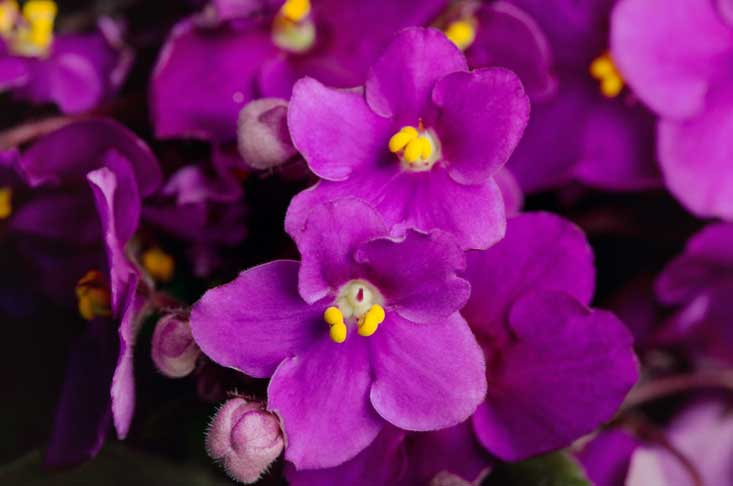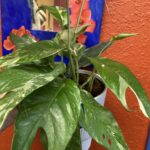Essential Guide to Winter Watering Your Houseplants
Winter weather can be treacherous for houseplants. Not for the reason you might think. True, many houseplants are tropical and don’t grow well in cold temperatures. But the number one cause of houseplant death during winter is watering mistakes.
At no time are watering mishaps more common in the indoor garden than in wintertime. The main reason for this is that the ambient temperature has cooled—even in heated homes. This results in cold soil temperatures, which leads to root growth slowdown. That means if you overwater, you create extended wet, cold conditions for the roots that can lead to root rot, or at the very least, root dieback and a compromised houseplant.
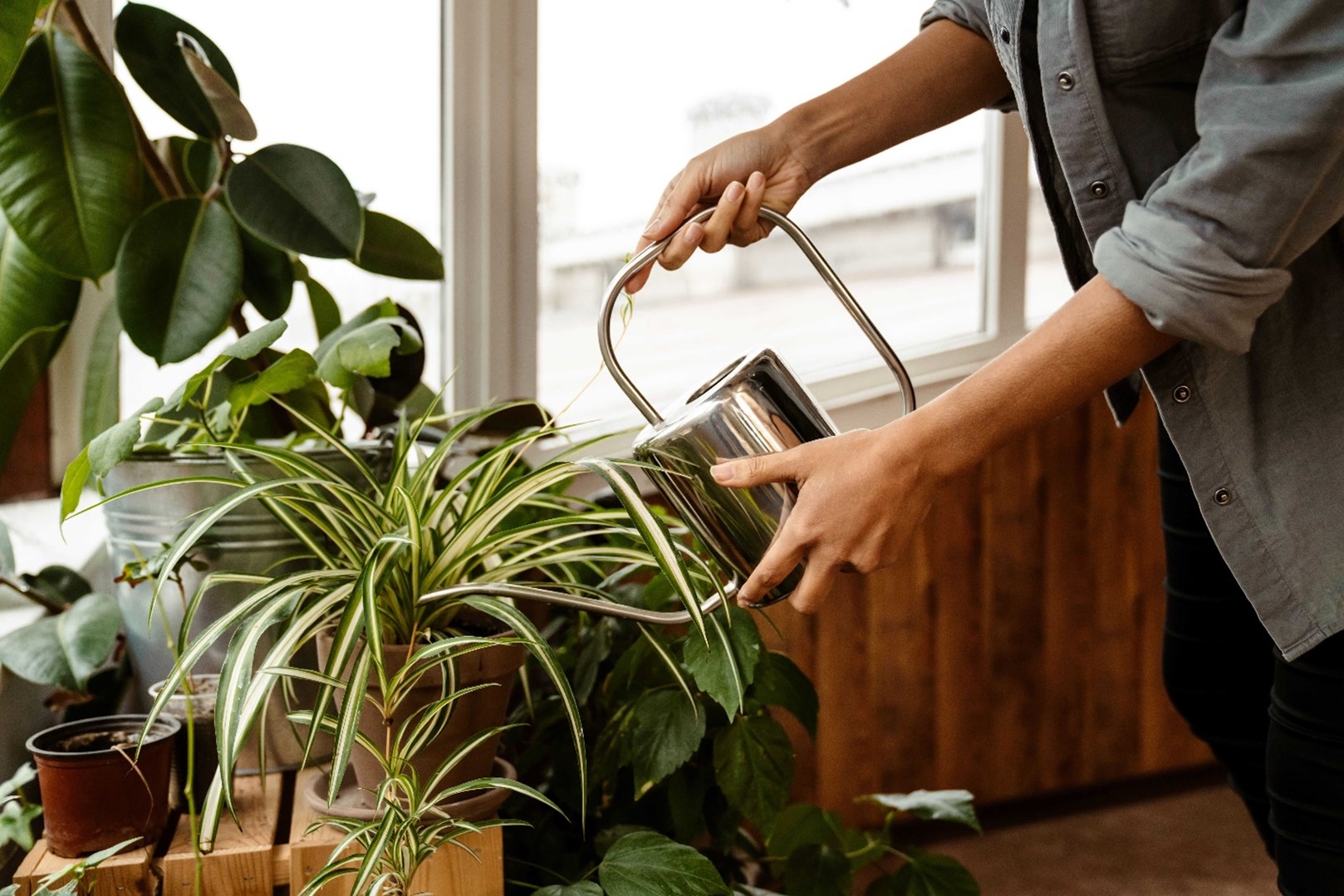
Ensure Houseplants Actually Need Watering
During warmer months, you can overwater your houseplants occasionally, often without any damage, because the air is warmer and the soil will dry out more quickly as a result. But in the cold months of the year, the soil is likely to stay wet for some time. True, the heater will probably dry out the surface of the soil, but because the soil in the interior of the pot is colder and houseplants naturally slow down growth in winter, most of the soil will remain wet for a long time. That being said, you want to make sure you water a plant when it actually needs water. I suggest using more than one method to check for watering readiness in wintertime. Here are several tried-and-true ways to check your houseplants. Finger Test: Stick your finger in the soil up to your first knuckle. Water if the soil is dry.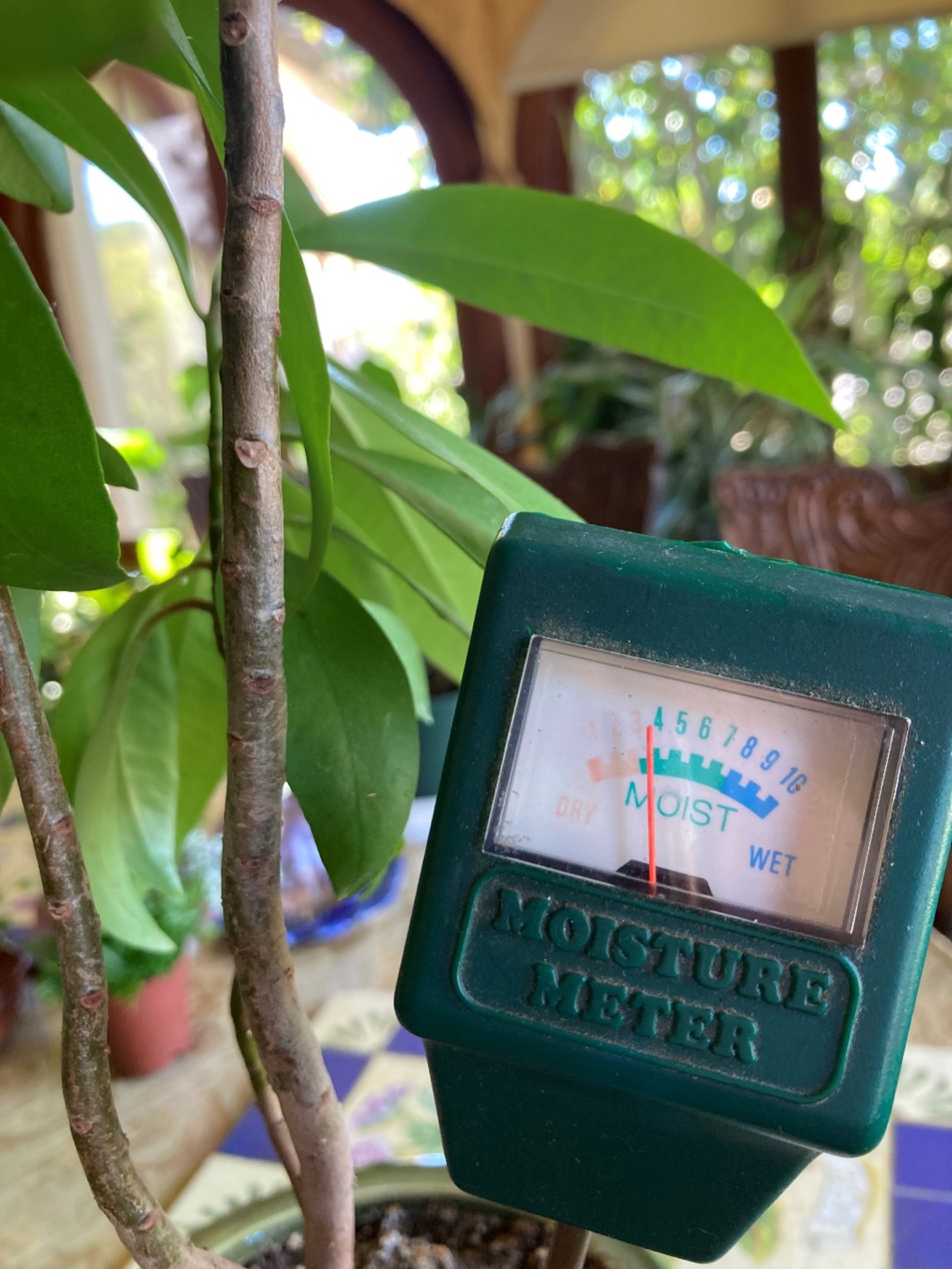
Moisture Meter: For a more scientific approach, use a moisture meter, which is a pronged instrument you stick in the soil that indicates when a plant needs watering. The moisture meter generally has a scale from 1-10, with 10 being the wettest and 1 being completely dry.
As a general rule of thumb, many houseplants should be watered when the moisture meter reaches 4—almost 3. Houseplants that like dry conditions, like succulents and cacti, should hit the 1 before you water. Indoor plants that require moist conditions, like many ferns, should be watered when the moisture meter reads 5.
Wooden Skewer: If you prefer a more old-school method similar to the moisture meter, use the wooden skewer test. When you insert the skewer into the soil and it comes out with wet soil attached that indicates the soil is moist and it’s not time to water. On the other hand, if you insert the skewer and soil falls off when you pull it out, then the soil is dry and it’s time to water.
Pick-Up Test: This refers to picking up the container to see if it feels lightweight, which indicates a need for watering, or heavy, which signifies that the soil is still wet. This method works best for plants in plastic pots, but you can still note a difference in weight with ceramic, terracotta and metal pots.
When checking for watering readiness, pay special attention to large containers, as the surface of the soil may be dry, while the bottom is very wet, or vice versa. They do make extra-long moisture meters. If you are in doubt about watering, wait. It is best to water most houseplants when the soil is dry rather than chance it still being too wet.
How to Water Houseplants in Winter
After determining that a houseplant needs water, irrigate the plant with warm water, making sure to drench the soil completely. The temperature of the water is important, especially at this time of year. Watering with cold water will shock the roots and can cause leaf spotting disease and root dieback.
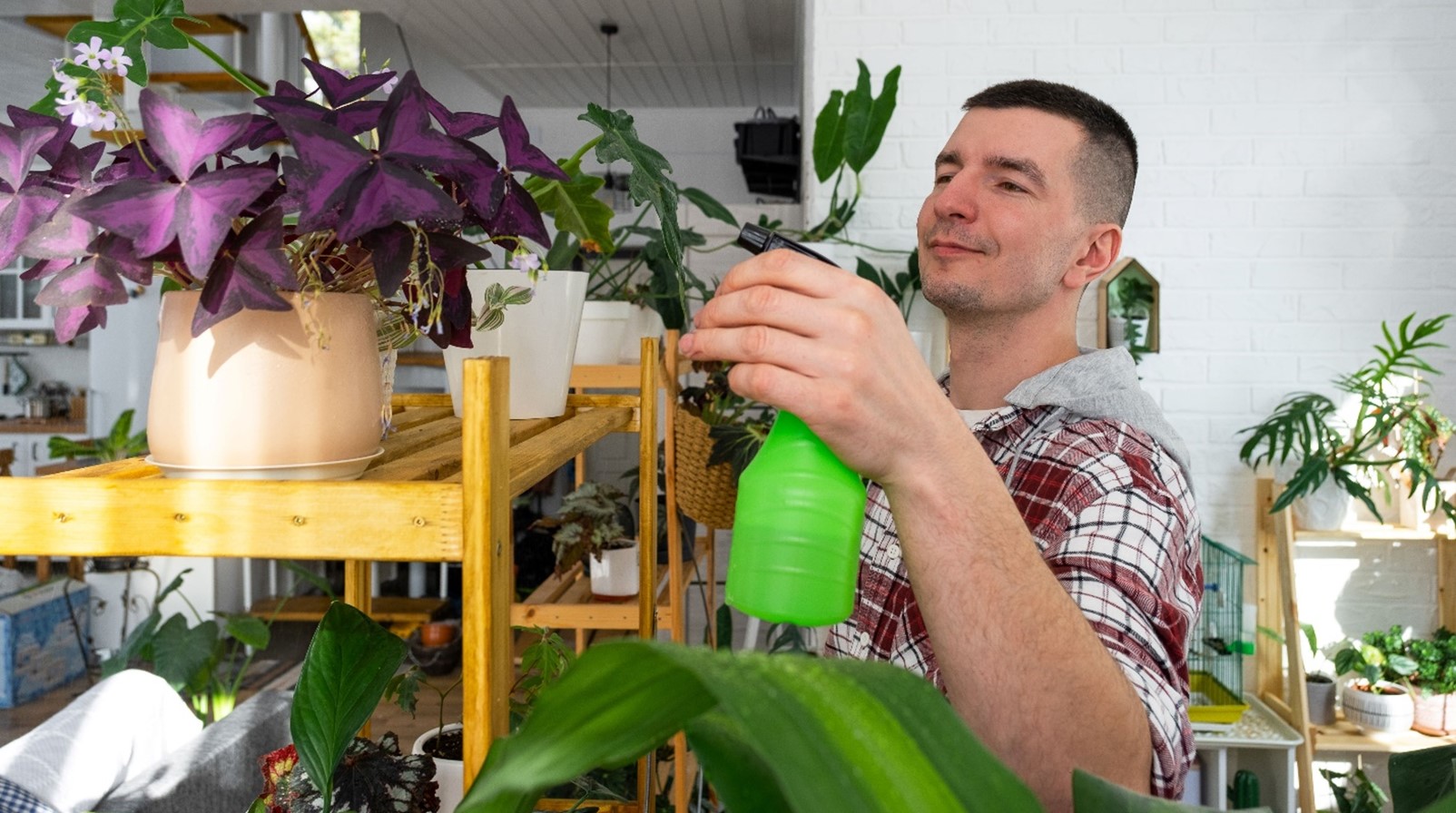
While many houseplant will do well watered from above, bottom watering is sometimes a good idea in winter. This helps keep the foliage dry, which is important, as wet on leaves for an extended period of time can cause leaf fungal diseases, water spots and crown rot.
To bottom water, set the pot in a container of water that is slightly bigger. Water will be drawn into the dry soil through capillary action. Bottom watering is something you always want to do for fuzzy-leaved plants such as African violet and Piggyback Plant. This method is also the best for rehydrating very dry soil. Let the plant soak for 20-30 minutes until you know the soil is well-drenched.
Warm Houseplant Roots
As mentioned, one of the issues with growing houseplants in the winter months is the fact that the soil temperature cools. There is a solution to this that will keep the roots warm and often cause continued growth. Place your houseplants on a seedling heating mat during the coldest months of the year. This will keep the soil warmer than the ambient air and ensure the roots stay happy and healthy. It will also prevent cold, wet soil from sitting at the root zone and causing root rot.
Check Drainage
It’s crucial that your pots have good drainage holes, or the possibility for developing fungal problems and root rot will be very high—especially in wintertime. When you water, ensure that the plant drains well. Also make sure that houseplants don’t sit in saucers filled with water. For large plants, remove excess water from saucers with a turkey baster or old sponge.




